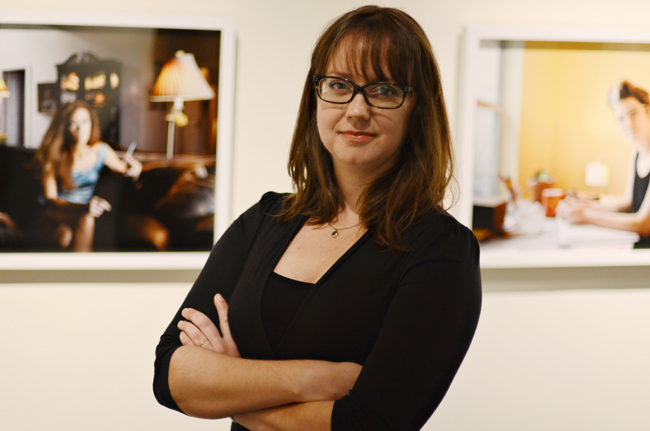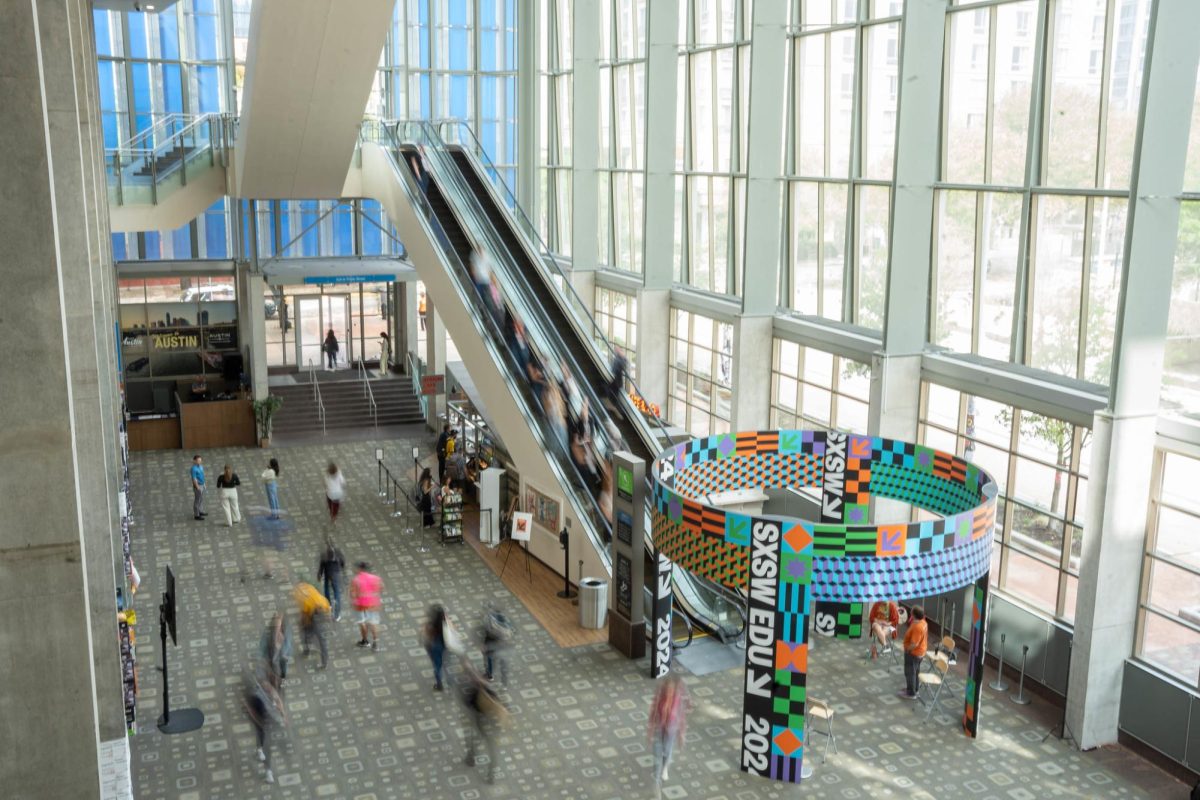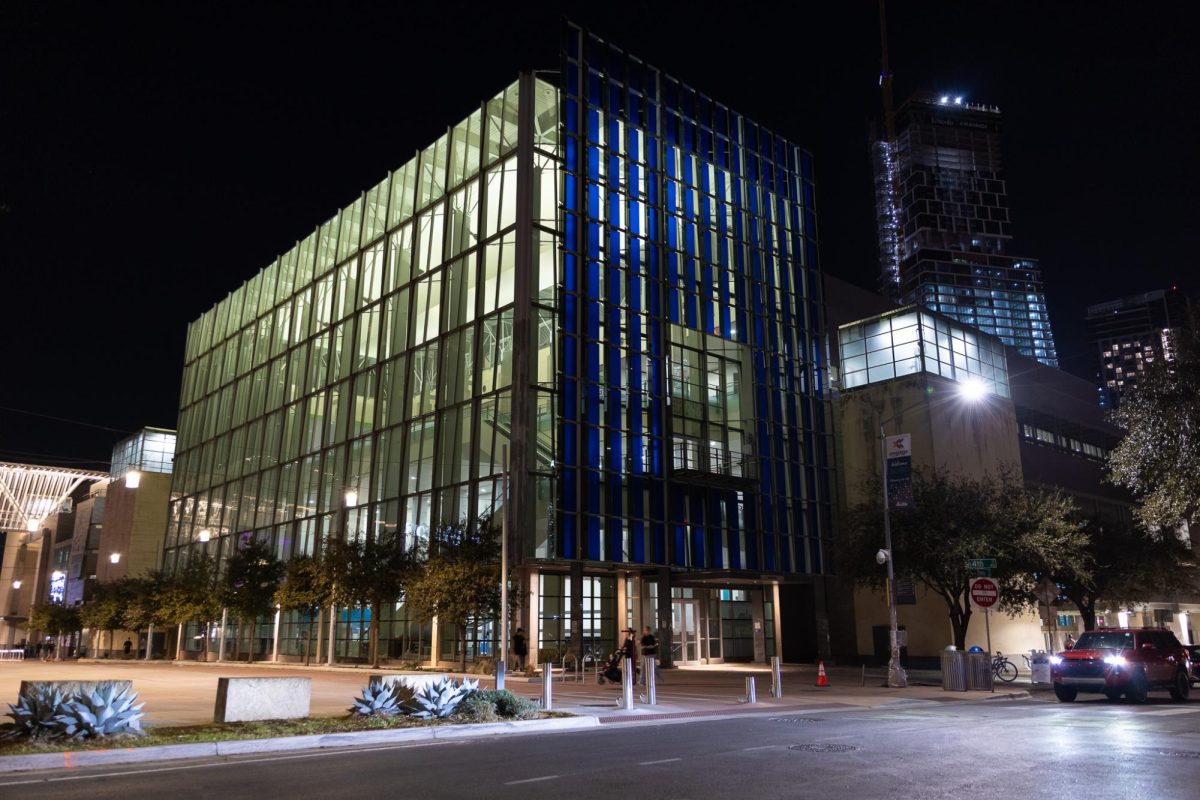A single glance is sometimes all it takes to make an impression on someone. This concept led UT alumna Susannah Morgan to curate the “Face Value” exhibit at the Davis Gallery, an Austin art gallery located on 12th Street.
The exhibit, running through Saturday, features the work of four artists and their explorations in portraiture and identity. Leon Alesi, Scott David Gordon, Lesley Nowlin and Jamie Panzer come together in this exhibit as part of the Davis Gallery’s ongoing mission to promote artists who live and work in the city.
“We started with an idea for a portrait show,” Morgan said. “My predecessor had already found Lesley, I found Leon and then Scott and Jamie, and it all just kind of fell into place. I thought they all looked great together because I think each of them shows a different side of portraiture, which has a very long history in art.”
Panzer is the only artist in the exhibit who is not a photographer. Instead, Panzer uses images taken from publications to create collages that challenge the viewer to see familiar things — such as their faces or household objects — in a different way. By doing this, Panzer hopes to create a phenomenon called pareidolia, which causes people to see faces in unlikely places. A common example of this is the man in the moon.
“I pore over hundreds and thousands of pages of published photographs selecting a variation to subsequently be paired with another incongruous image, one in which I see a semblance of a facial feature or expression,” Panzer said. “By combining them, I create an unexpected and surprising visage.”
Nowlin uses her images to explore the relationship between twins and the idea that no two people are exactly alike.
“Some three decades ago, I came into this world three minutes before my twin sister, Kathryn,” Nowlin said. “Since that moment, the mystery and complexity of the twin relationship has been a focal point of my life and work.”
According to Morgan, Nowlin uses a method different than the other two photographers featured alongside her in the exhibit. Rather than creating a digital print, Nowlin opts for a more traditional
technique that involves printing the image on vellum and platinum. In contrast to Nowlin’s work, Alesi’s portraits instead resemble standard portrait photography.
“There’s not a lot of altering of the image when he takes it,” Morgan said. “His work is more traditional, his subjects are in their spaces most of the time, and the things that are around them say more about the person than the person does themselves. He wants the image to speak for itself.”
David Gordon likes to capture other artists, musicians and welders in their own environments.
“They’re the most interesting people,” Morgan said. “The way they work and where they work say a lot about who they are. His pictures become a story; they’re kind of cinematic in that way. They tell stories about the creative process for the individual.”
Although each artist has a different focus, Morgan said the artists’ pieces are intended to get viewers to question their perspectives on identity and the impressions they make on others.
“The larger idea of it was looking at faces of people — the parts of them that make up a whole,” Morgan said.















